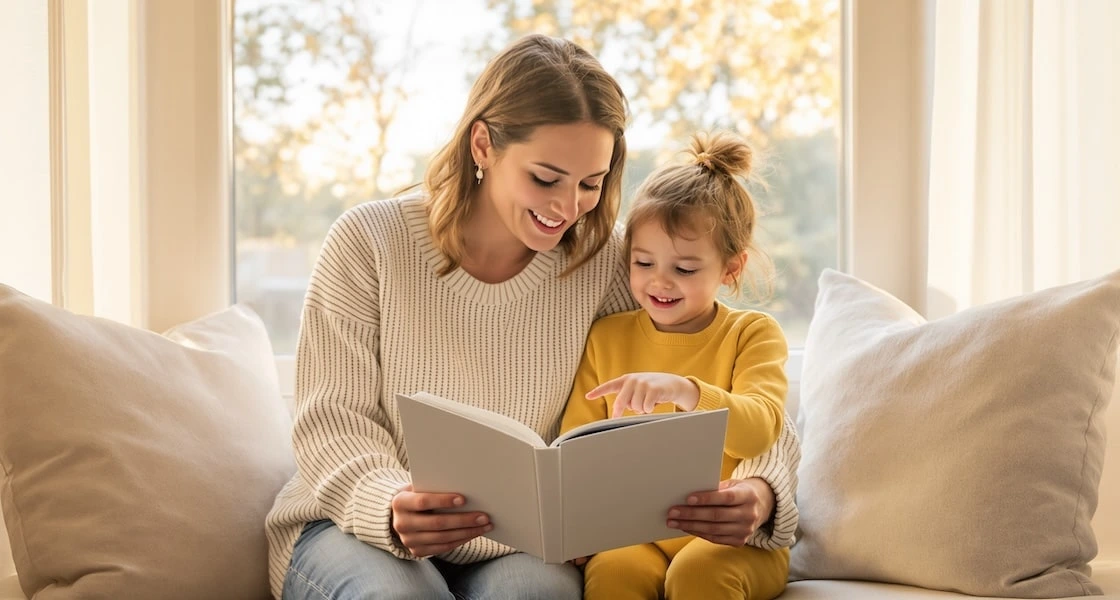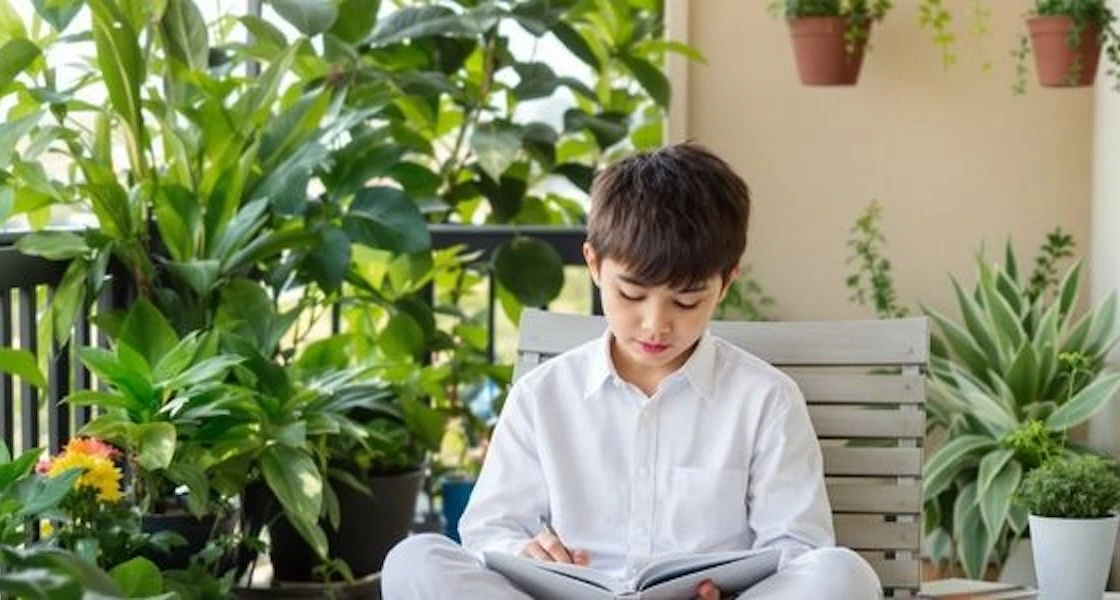When I look back on my years in the classroom, I remember how deeply I loved teaching. Like so many teachers, I poured myself into lesson plans, cared for my students, and wanted nothing more than to help them grow. I wanted my classroom to be a place where curiosity thrived and where every child felt seen.
But even with the best intentions, I often felt limited by the system itself. Our days were full of interruptions, with morning announcements, testing schedules, and last-minute assemblies. The clock always seemed to be against us. With 25 students in the room, so much time went to classroom management and so little to the kind of deep, uninterrupted learning I believed in. None of this was the fault of the teachers around me. In fact, I was surrounded by passionate, hardworking educators who were doing their very best within a structure that made it difficult for both students and teachers to flourish.
The thought that stayed with me was simple but troubling: if I felt frustrated as the teacher, what must it be like for the kids? How much of their day was filled with waiting, hurrying, or being told to stop exploring just as they were beginning to understand?
That question eventually reshaped the way I thought about education.
The Beginning of Our Homeschool Journey
When my own children reached school age, I found myself at a crossroads. My oldest spent time in both public and private schools and thrived in those environments. My middle child attended public school through second grade, but it became clear that she needed more individualized support than the classroom structure could provide. By the time my youngest was ready for preschool, I could no longer ignore the feeling that we needed a different path.
In the end, we decided to try something different. We brought learning home.
At first, I wasn’t sure how it would feel. I had been trained to manage a classroom, not to teach my own children at the kitchen table. But almost immediately, I noticed the difference. Our mornings were calmer. Instead of rushing to catch the bus, we began the day with curiosity. Lessons flowed more naturally without the pressure of a bell telling us when to stop. And instead of juggling 25 students, I had the privilege of focusing on the unique strengths and needs of my own kids.
That shift was eye-opening. For the first time, I could give learning the space it deserved.
Learning With Intention
One of the greatest gifts of homeschooling has been the ability to set clear goals and pursue them with focus. In the classroom, I often felt like I was racing to cover material just to stay on track with the pacing guide. At home, we can slow down when something is challenging or speed up when curiosity pulls us forward.
We have also discovered the power of following interests. When my daughter wanted to learn about zoology, we restructured our days to include volunteering at the zoo, giving her hands-on experience with animals and conservation work. When my son wanted to learn programming to pursue his passion for video games, we set aside dedicated time for coding projects that brought his ideas to life.
Math, science, history, and language arts are still part of our daily rhythm, but they are woven into projects and passions instead of standing apart as isolated subjects. Instead of asking, “When will I ever use this?” my kids can see connections everywhere.
This intentional, interest-driven approach doesn’t just make learning more fun; it makes it more meaningful.
Bringing My Classroom Experience Home
Even though I left the public school system, my years in the classroom continue to shape the way I homeschool. I bring with me the lessons I learned about planning engaging activities, differentiating lessons for my kids, and setting clear expectations. Those skills have helped create structure and consistency at home.
At the same time, I have been able to leave behind what didn’t work. We are no longer bound by rigid schedules that cut off conversations just as they become interesting. We don’t have to march through a curriculum simply because it’s on the calendar. And we don’t have to sacrifice exploration for the sake of testing.
That balance, bringing the best of my classroom experience while letting go of the parts that held us back, has been powerful. My children benefit from the years I spent in the traditional classroom, while also enjoying the flexibility that homeschooling allows.
Pivots as Part of Learning
One of the lessons I carried with me from teaching is that learning is rarely a straight line. Students need room to make mistakes, try again, and sometimes change direction entirely. In a traditional classroom, pivots are hard to accommodate because the group has to move forward together. At home, pivots become a natural part of the process.
We have had weeks where a project seemed promising but fell flat, and others where a passing interest turned into months of passionate study. Those twists and turns don’t feel like setbacks. They are opportunities to learn resilience, problem-solving, and the value of curiosity itself.
Each pivot also reminds me of why we chose this path in the first place. We didn’t want an education that looked tidy on paper but felt hollow in practice. We wanted something real, alive, and responsive to the child in front of us.
Redefining Success
Over time, our definition of success has shifted. In the public school classroom, so much emphasis was placed on test scores, grades, and transcripts. Now, success looks different. It looks like a child who knows how to ask thoughtful questions. It looks like confidence in trying, failing, and trying again.
This doesn’t mean academics aren’t important. They are. But they aren’t the only measure. What matters most is raising lifelong learners who understand themselves, their strengths, and the value of curiosity.
Looking Back, Looking Forward
Leaving the classroom was not easy. I still admire and respect the teachers who remain in public schools, working tirelessly for their students despite the challenges. But for my family, homeschooling has become the way to reclaim the kind of teaching and learning I always believed in.
Every time I see my children engaged in a project they love, or watch them connect lessons across subjects, I am reminded of why we made this choice. Homeschooling is not perfect, and it certainly comes with challenges. But it has given us something I always wanted my students to have: the space to learn deeply, to follow curiosity, and to grow into themselves.
For us, education is about living a life where learning is woven into every day, every interest, and every choice.
And that is a gift I am grateful for, one I never take for granted.


.svg)
.svg)







